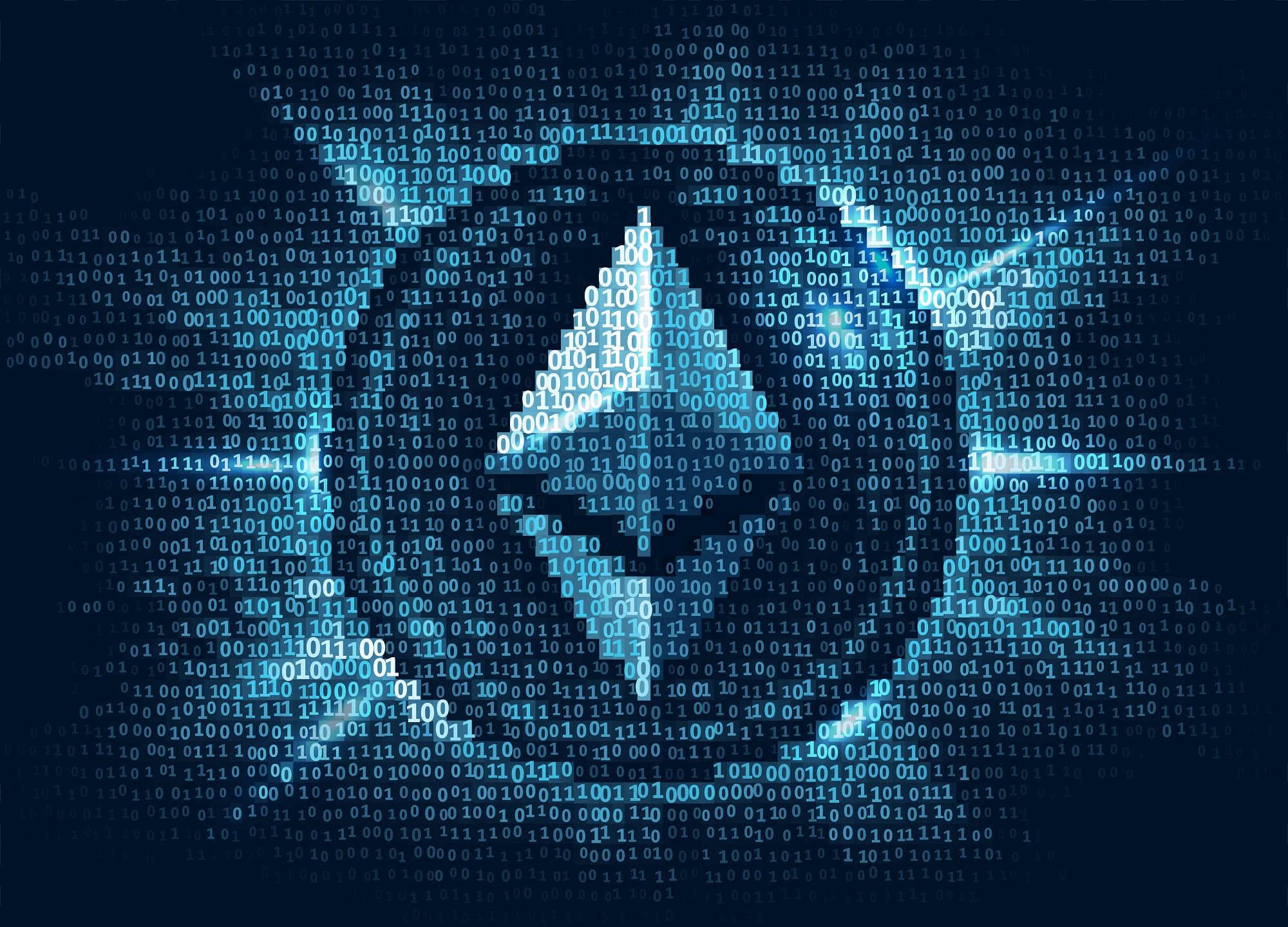New tokens and digital assets are an integral part of the Ethereum ecosystem. All of these newly created assets adhere to specific standards. Users have grown accustomed to ERC20 tokens, yet other standards exist as well. The following token standards are ranked in terms of their current perceived market traction.
Contents
#6 ERC-884 (Dave Sag)
The concept of the ERC-884 standard was first introduced in April of 2018. The core idea of this new standard is to enforce token owners to verify their identity. All tokens using this standard can only be issued to whitelist clients. Moreover, it does not allow for partial tokens either, which can impact token sales accordingly. A more detailed post on what this standard represents can be found here.
#5 ERC-865 (Bhaskar)
Making digital tokens more user-friendly is always an option worth exploring. Bhaskar is confident the ERC-865 standard will introduce this much-needed change. This standard would remove transaction gas from the equation, and use the native tokens to pay for transaction fees. It would require the use of a third party accepting the fee payment in tokens, who then pays the corresponding amount of ether to the network.
#4 ERC-948 (Marko Vidrih)
There is no shortage of Ethereum-based standards for tokens and digital assets. The ERC-948 protocol would introduce an opt-out feature for users. More specifically, a smart contract can be created to withdraw tokens from users, as long as the users approve the contract in the first place. For subscription-based solutions, such a concept can certainly unlock a lot of new potential use cases.
#3 ERC-777 (Everett Muzzy)
Replacing the existing leading token standards will be a challenge. Despite the odds, ERC-777 still offers a few interesting options. It reduces friction and the number of transactions required to enact smart contract functionality. In more technical terms, it removes the double call function prior to enacting a contract. It also improves security features, as is documented in this Medium post.
#2 ERC-223 (Dexaran)
One of the first standards to be presented beyond ERC20 is designed to allow token transfers to behave in a manner similar to Ethereum transactions. By using event handling, the ERC-223 standard introduces a more secure approach to handling Ethereum-based tokens in general. It is not a foolproof solution, yet the concept still poses some interesting ideas other can improve upon moving forward.
#1 ERC-721
Introducing a class of unique tokens would certainly shake things up a bit in the Ethereum ecosystem. The ERC-721 standard would effectively allow for unique tokens to be created, managed, owned, and traded. This standard is also referred to as the non-fungible token standard, and has been embraced by a few token projects already. It is seemingly the logical successor to ERC20 if that protocol is ever discontinued.
Image(s): Shutterstock.com

